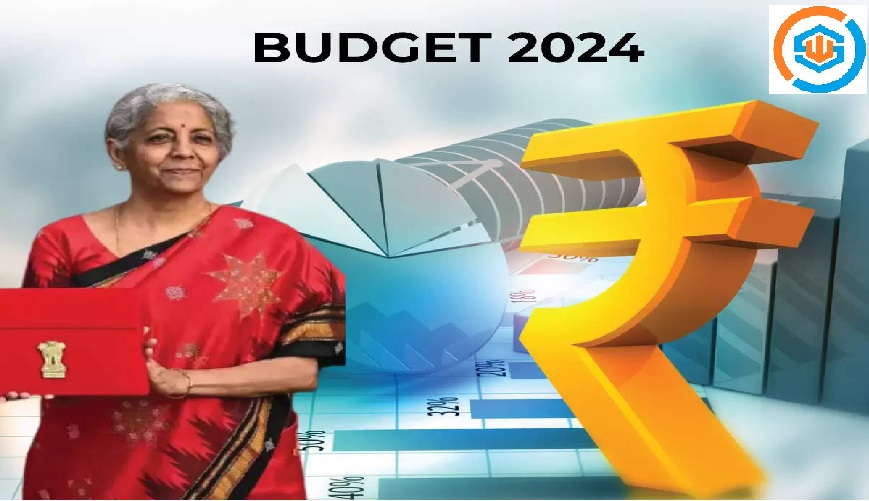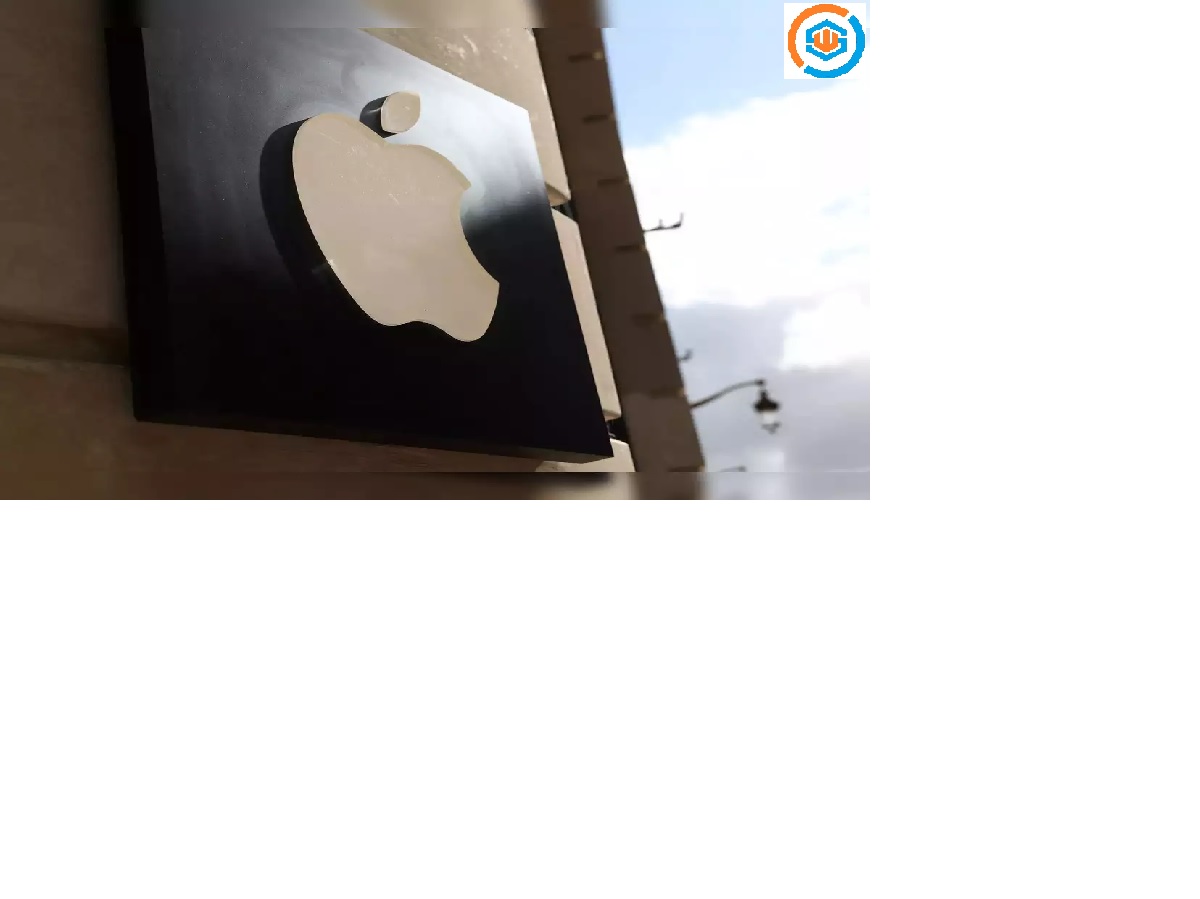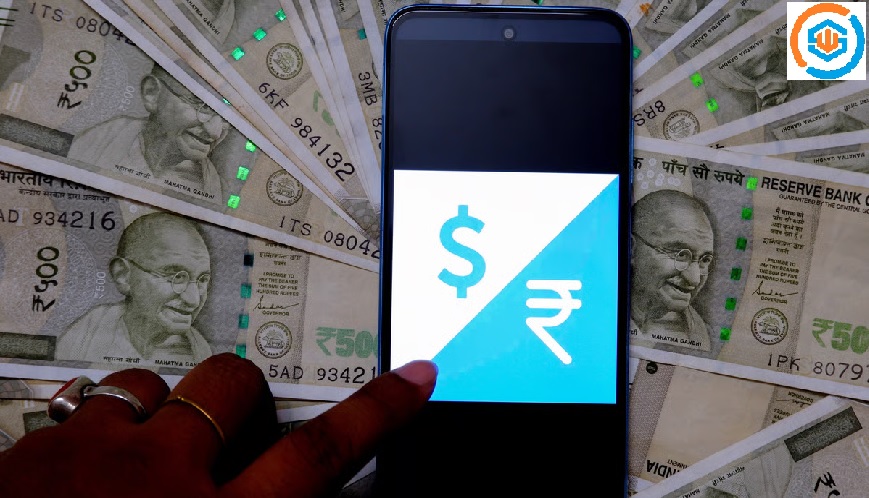
- 1 Jun
- 2021
Design Thinking and Business Models
Design Thinking and Business Models
Now that we have seen how design thinking can be used to come up with new products, let’s take a look at how it can be used to formulate business models. In this case, the design process is divided into five steps, which we are going to look at in-depth.
Discovery
In this stage, the focus is to gather data. You want something on which you can base your new business model. As such, it is crucial to know from where you are going to gather the data. If you are clueless about this, start with your customers, and try to have an understanding of their needs, as well as their frustrations.
There are many who are for the idea of looking beyond the walls of the company and into the needs of the customers, as this leads to innovative ideas compared to brainstorming within the company. Meeting the needs of the customer is key to the success of a business.
Also, stay clear of market research agencies or otherwise outsourcing the task. This will prevent you from getting firsthand experience. Instead, roll up your sleeves, and talk to all kinds of customers, be they satisfied customers, discontented customers, and people who would never consider buying your product, as well as people to whom you have never reached out. And feel free to pursue your competitors’ clients.
Understand what makes them feel content with what the industry has to offer and why they opt to buy not from you, but from your oponent.Another place to gather data is to look at the most popular business models within your industry and outside it, which means understanding the workings of an industry and its prevalent business models. This will help you have a clear understanding of what model may not be working and why.
Apart from your customers and other companies, you might also gather data from your “internal customers” by asking them to comment on what they think of the way you do your business and to give an assessment.
Interpretation
After you are done gathering data, the next step is to understand it. For that reason, the goal of this phase is to create a distinct and compelling opportunity in the market.
When trying to come up with a business model design, it is best to incorporate various design-thinking frameworks when analyzing the data. You could, for example, map out the customer’s journey. This will help you to understand their experiences, including what pains them, and most importantly, to identify blind spots in the journey that current offerings or business models are not addressing.
Additionally, ensure that you have a bearing of what the customer is looking to achieve, what job they want done, and what frustrates them about the current customer experience.
When done with this phase, you should be able to have, on paper, opportunities for groundbreaking designs for your business model.
Ideation
Once you have identified opportunities, the next step is coming up with ideas on how to take advantage of those opportunities. In most cases, having pinned down customers’ needs and struggles and coming up with solutions will lead you down Ideasville. Also, you can brainstorm by raising conversation starters such as, “What about …?” or, “How might we …?” Furthermore, you could cut to the chase by researching other industries and business model innovations to find inspiration for your own.
Experimentation
This stage is not about trying out different business models. Successful innovators have struck the most success by only experimenting with a single business model as opposed to many. Besides, very few companies have the resources to try out several model ideas.
In most cases, if the research in previous phases was carried out satisfactorily and you came up with a viable idea, the real issue will be how to actualize the idea. Chances are, if you discover a way to bring it to life, it will be successful.
Evolution
This final stage entails going through the results of your experiences and the experiments you have carried out. In most cases, evolution involves repeating the previous steps as you ideate and add a few touches, and in extreme cases, redesigning the business model again.
When in this stage, keep reflecting on the success of your business model and whether it is of any value to the concerned parties. If not, then it might be time to start the journey of discovery.
Note: - As every caution has been taken to provide our readers with the most accurate information and honest analysis. Please check the pros and cons of the same before making any decision on the basis of the shared details.
Subscribe our Newsletter from main page & You will get all news in your Inbox.











